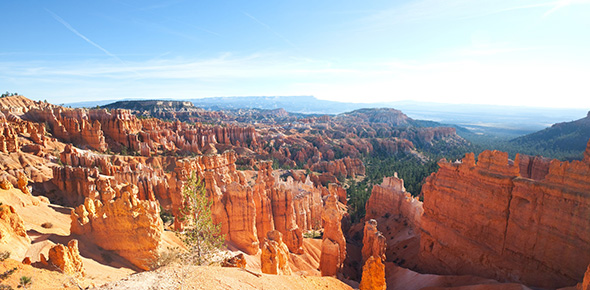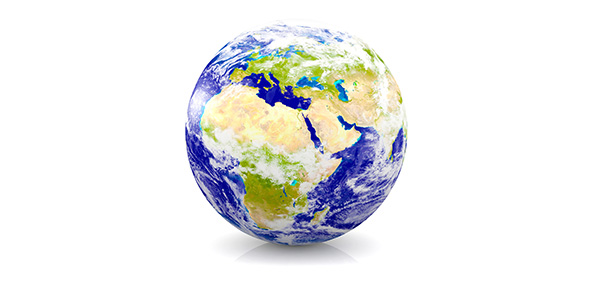Related Flashcards
Cards In This Set
| Front | Back |
|
Geologic Time
|
A depiction of eras, periods, and epochs that span Earth's history; Shows both the sequence of rock strata and their absolute dates, as determined by methods such as radioactive isotopic dating.
|
|
Uniformitarianism
|
An assumption that physical processes active in the environment today are operating at the same pace and intensity that has characterized them throughout geological time; proposed by Hutton and Lyell.
|
|
Seismic Waves
|
The shock wave sent through the planet by an earthquake or underground nuclear test. transmission varies according to temperature and the density of varies layers within the planet; provides indirect diagnostics evidence of Earth's internal structure.
|
|
Core
|
The deepest in er portion of Earth, representing one-third of it is entire mass; differentiated into toe zones - a solid iron inner core surrounded by a dense , molten, fluid metallic- iron outer core.
|
|
Geomagnetic reversal
|
A polarity change in Earth's magnetic field. With uneven regularity, the magnetic field fades to zero, then returns to full strength but with the magnetic poles reversed. Reversals have been recorded 9 times during the past 4 million years.
|
|
Mantle
|
An area within the planet representing about 80% of Earth's total volume, with densities increasing with depth and averaging 4.5 g/cm; occurs between the core and the crust ; is rich in iron and magnesium oxides and silicates.
|
|
Asthenosphere
|
Region of the upper mantle just below the lithosphere; the least rigid portion of Earth's interior and known as the plastic layer; flowing very slowly under extreme heat ans pressure.
|
|
Mohorovicic discontinuity
(MOHO) |
The boundary between the Crust and the rest of the lithospheric upper mantle; named for the Yugoslavian seismologist Mohorovicic; a Zone of sharp material and density contrasts; also known as the MOHO
|
|
Granite
|
A coarse grained intrusive igneous rock characteristic of the continental crust.
|
|
Basalt
|
A common extrusive igneous rock, fine - grained, comprising the bilk of the ocean-floor crust, lava flows, and volcanic forms; gabbro is its intrusive form.
|
|
Isostasy
|
A state of equilibrium in earth's crust formed by the interplay between portions of the lithosphere and the asthenoshpere and the principal of buoyancy.
|
|
Geologic cyle
|
A general term characterizing the vast cycling that proceeds inthe lithosphere. It encompasses the ydrologic cycle, tectonic cyle, and rock cycle.
|
|
Mineral
|
An element or combo of elements that forms an inorganic natural compund; described by a specific formula and crystal structure
|
|
Igneous Rock
|
One of the basic rock types; it has solidified and crystallized from a hot molten state.
|
|
Pluton
|
A mass of intrusive igneous rock that has cooled slowly in the crust; forms in any size or shape. The largest partially exposed pluton os a batholith.
|






